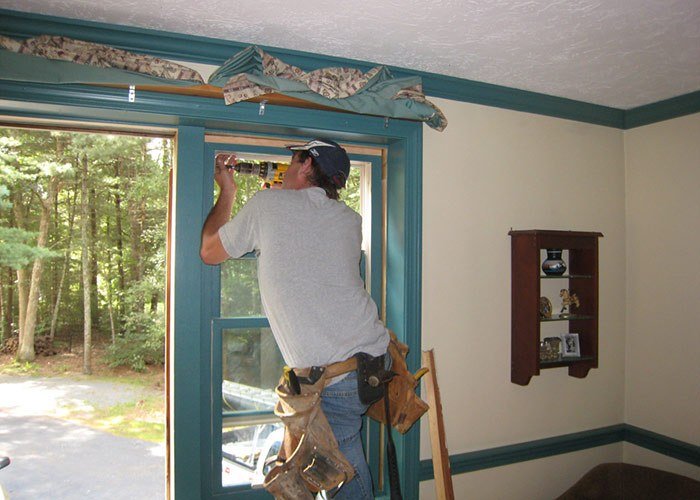
Performing your own home improvements doesn’t have to be overwhelming, but people experienced with remodeling, repairing, and improving their homes know that a few simple tips and tricks can make a huge difference. If you’re thinking of embarking on some new home improvements, bear the following tips in mind to make sure everything goes right and nothing goes wrong.
If you heat with a wood stove, smoke will cause your walls to become dingy and you will need to repaint more often than if you heat with a furnace. When you do repaint, it is worthwhile to wipe the walls and ceiling down with a damp sponge to remove as much soot as possible before putting on a new coat of paint.
Rather than getting rid of your cabinets for new ones, refinishing the ones you already have can save you money. If you want a different look on your doors, paint the base and hardware. This is an inexpensive task that can be done in a weekend, and it will give your home a fresh, new feel.
Age your new wall paneling a few days before installing it. New paneling is typically stored at the warehouse in large tightly compressed piles. When the individual pieces are removed from those piles and exposed to room humidity they sometimes shrink. Providing an aging period of a few days in your home will keep you from suffering the consequences of the shrinkage.
A great thing about home decor is that oftentimes it doesn’t have to match. You can buy a great dining room table and mix and match chairs. This is great for cottage and country-styled homes. Buying a table second hand and adding chairs from different places actually creates a great design element, as well as a sense of accomplishment. Give those used chairs a chance to shine!
Sealing air leaks is an inexpensive way to improve the energy efficiency of your home. Unsealed cracks and openings are one of the leading causes of heat loss in the average home. Common problem areas include around doors and windows, around pipes, wires and ducts that lead outdoors and around recessed light fixtures. Use caulk to seal small cracks and expanding spray foam for larger gaps and openings.
Design your ideal kitchen online. There are a number of room planning software tools that will help you to create the perfect design for your kitchen. You can drag and drop the units and appliances into your room plan. Remember to leave at least 36″ to 48″ of floor space in front of appliances and cabinets, as you need to be able to open the doors comfortably. Once you have the ideal design figured out, it will be much easier to purchase exactly what you need.
These simple tips should have helped you see some new perspectives on home improvement, which will get you thinking creatively about what will work and won’t work in your own home. Learning to think cleverly about how you make improvements will be a valuable skill as you gain experience and tackle more complex home improvement jobs.